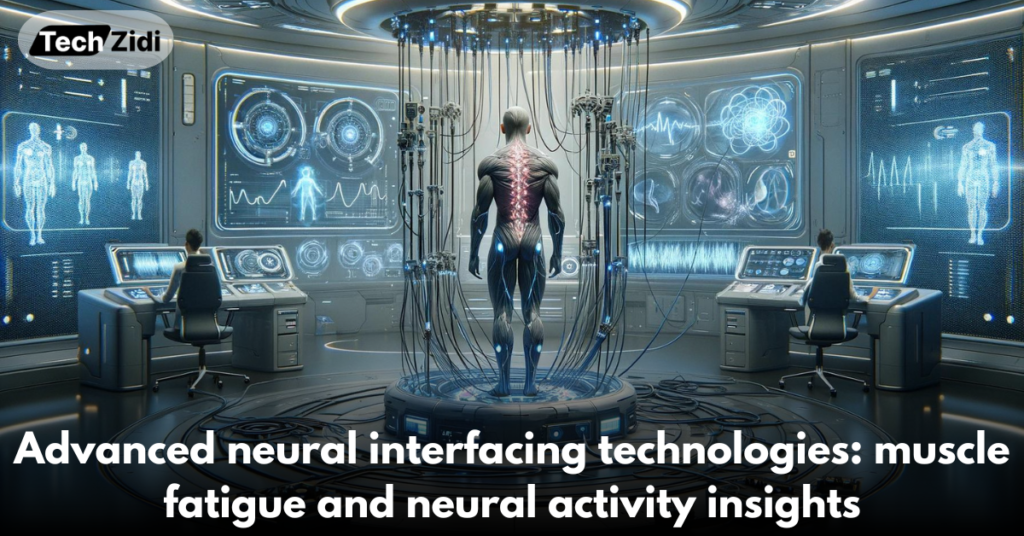Advanced neural interfacing technologies: muscle fatigue and neural activity insights
Muscle fatigue and neural activity have been linked in recent research, which has provided insights for the development of more advanced neural interfacing technologies. In the study that was published on February 11, 2024, the researchers focused on persistent inward calcium and sodium currents (PICs), which are responsible for the firing of motor neurons and the force that muscles exert. In order to make way for better non-invasive neural interfacing technologies, the results give us new information about what might happen to motoneuron output when the PIC changes because of fatigue. It is also anticipated that a novel flexible sensor will revolutionize the field by having the ability to accurately estimate electrical signals coming from the human body.
Implications for Neuromuscular Disorders and Neural Interfacing
The peritoneal intricature cortex (PICs) is being studied to see what effects hard exercise has on them. The PICs are important for muscle firing and the force that muscles produce. When the researchers used tendon vibration and neuromuscular electrical stimulation to get the muscles to work for an extended period of time, they discovered that the torque and soleus electromyogram amplitudes significantly decreased after the exercise that made the muscles work hard. Having this understanding could potentially lead to breakthroughs in prosthetics, rehabilitation, and communication for people who suffer from severe neuromuscular disorders. It could also revolutionize non-invasive neural interfacing procedures.
Advancements in EMG Processing and Nanotechnology
The processing of electromyography (EMG) has allowed researchers to create a flexible sensor that can be used for non-invasive neural interfacing. The sensor, which is composed of nanofibers that have been electrospun and nanoparticles that are conductive, generates its own charge in response to the electrical signals that are received from the human body. The high capacitance, conductivity, and sensitivity to electrical signals that it possesses make it possible for it to estimate the electrical signals of the body in real time with remarkable accuracy and minimal error. This makes it superior to conventional EMG measuring equipment and has the potential to be a game-changer in the field of medicine.
Towards Seamless Communication
Advancements in understanding muscle fatigue’s effects on neural activity and the development of non-invasive sensors are paving the way for a brighter future in neural interfacing. This technology can monitor various aspects of the human body, from sound and movement signals to disease monitoring. As scientists continue to explore the human body’s complexities, the potential for improving lives through non-invasive neural interfacing grows exponentially. This leads to a world where seamless communication between technology and the human body becomes a reality.



